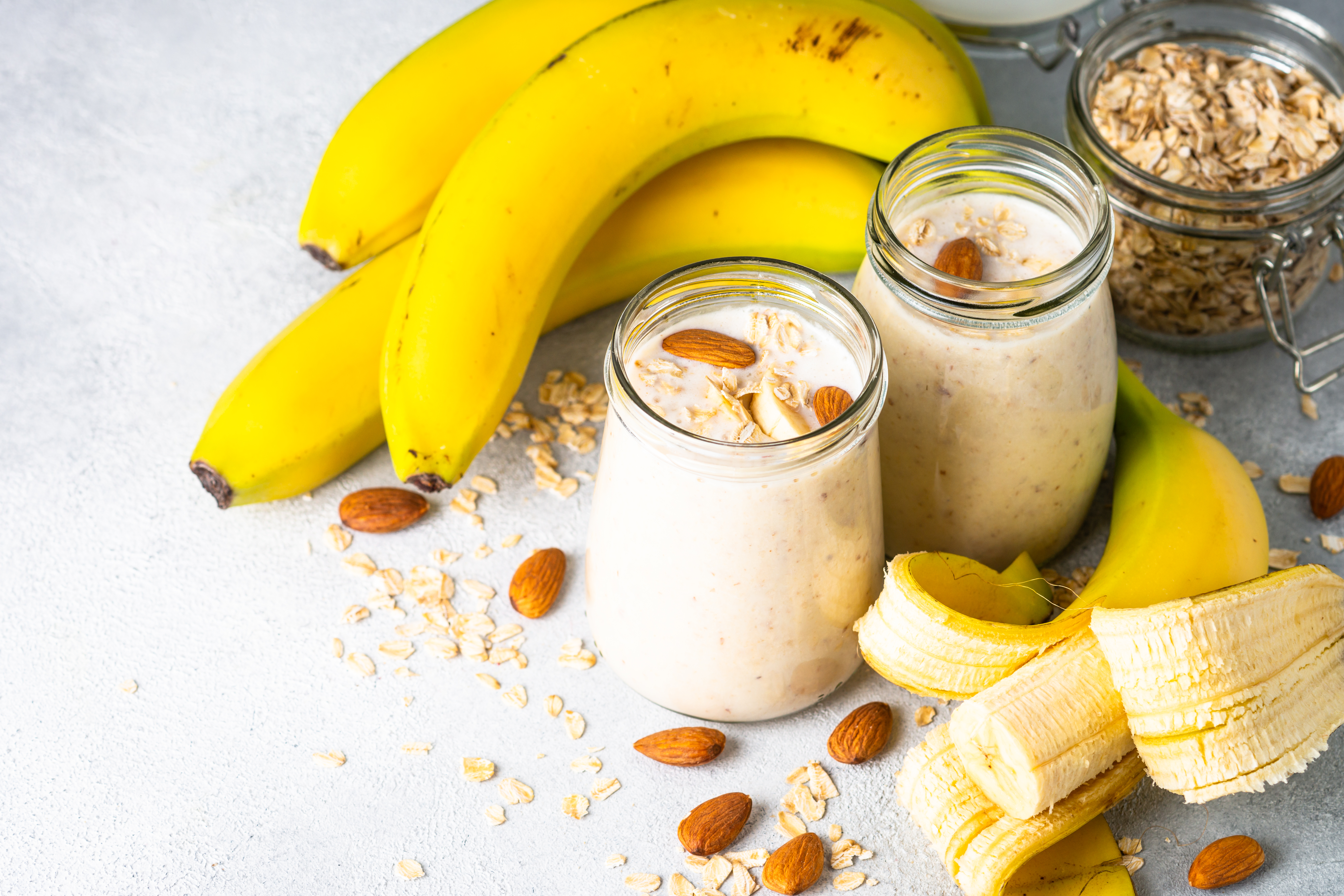Foolproof Ways to Whip Up a Hypertension-Halting Diet
Two main factors determine blood pressure. One is how narrow or wide the blood vessels are. Narrow blood vessels don't have as much room for the blood to flow through them, which causes the blood to pump with increased pressure on the walls. The other factor is the amount of blood the heart pumps. If an individual has a high heart rate, and their heart pumps a significant amount of blood, their blood pressure will be higher.
High blood pressure, otherwise known as hypertension, is one of the most common medical conditions in the United States. It occurs when blood has too much force against the walls of arteries in an individual's body. Over time, this can cause serious damage and heart disease. Dealing with high blood pressure has two major components, lifestyle and medication, and a significant portion of lifestyle in this sense is an appropriate diet.
Keep Track Of Foods Eaten

One of the most important habits individuals can develop is to keep track of the foods they eat. This will help them know where to start when creating a high-blood pressure diet. For a week or two, individuals should write down everything they eat, the portion size, and the time they ate it. When they have at least a week's worth of data, they can begin identifying strengths and weaknesses in their diet. Individuals should structure their diet by keeping healthy habits and reducing or eliminating unhealthy ones.
For example, individuals may notice they eat three meals per day, but they might also eat a lot of salty foods. They can keep the three daily meals but should aim to consume portions lower in sodium. There are a ton of ways to keep track of one's eating. Individuals can keep an on-paper journal, download a tracking app to their phone, or keep notes on a computer. In addition to tracking the foods and portions eaten, individuals may also wish to write down notes about how they felt or what they were doing when eating.
Consume More Potassium

Creating a diet isn't all about cutting food out of one's life. It's also about making sure to get more essential nutrients. For individuals with high blood pressure, potassium is a vital nutrient. This electrolyte affects an individual's metabolic balance, and the reason it's so important to managing hypertension is because it lessens sodium's effects. As individuals eat more potassium, they lose more sodium through urine. Sodium narrows blood vessels and increases fluid retention, so lowering it is important to blood pressure management.
On top of this, potassium eases tension in the blood vessel walls. When the blood vessels relax, they can widen, allowing for further lowering of blood pressure. If individuals have blood pressure higher than 120/80, but are otherwise healthy, increasing potassium is a good idea. If individuals take certain medications or have kidney disease, potassium might be more harmful than helpful. Patients should always talk to their doctor about nutritional decisions that could adversely affect their health.
